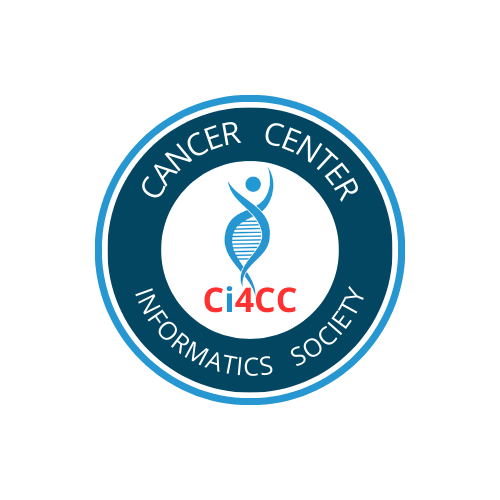Forthcoming Changes in NCI's Clinical Trials Program
The Cooperative Groups
The major clinical trials enterprise in the United States, called the Clinical Trials Cooperative Group Program, has grown, but its design has remained largely unchanged for 55 years. Recognizing that our clinical trials must keep pace with advances in the scientific understanding of cancer, the Institute of Medicine (IOM) issued a report Exit Disclaimer at NCI’s request in 2010 that outlined necessary, systematic changes to more efficiently design, review, and conduct studies.
In keeping with the recommendations outlined in the IOM report and with the advice of clinical scientists from across the country, NCI has created a new National Clinical Trials Network (NCTN). The NCTN will improve the speed and efficiency of cancer clinical trials, using fewer but larger groups of investigators and distributing resources in a more effective way. In addition to supporting the new network’s clinical trial groups with awards for operations and statistical analysis, the NCTN provides funding for a centralized Institutional Review Board (IRB); for correlative studies (through the Biomarker, Imaging, and Quality-of-Life Studies Funding Program); for new awards created specifically for the NCTN, including Lead Academic Participating Site (LAPS) grants and Integrated Translational Science Awards (ITSA); and for additional contracts to support the infrastructure of the network (e.g., pharmacy services and regulatory support).
Despite the current budget environment in which NCI is operating—at levels of appropriated funds below those of FY2010—our monetary support for clinical trials remains strong. In FY2013, NCI singled out its national clinical trials program as an area that would not incur any budget reductions, despite sequestration. This year (FY2014), funding levels for clinical trials are unchanged from FY2013.
The formal awards for the NCTN are expected to be made in the coming weeks. The capacity of the NCTN to conduct clinical trials will reflect the difficulties of supporting a large program that is constrained by higher mandatory costs and by the rate of biomedical inflation, despite approximately constant dollars. The number of trials that can be funded and the network’s total enrollment (estimated to be about 17,000 patients in interventional trials and about 2,500 patients in trials that use molecular markers to screen for tumors) will be lower than in the past. These operational concessions are required to provide higher reimbursement rates per patient to the academic sites that are developing and performing trials, as recommended by the IOM report. (These higher rates will be approximately $4,000 per patient for about 50 percent of the patients accrued through the network accrual, compared with approximately $2,000 previously.)
Community-based Clinical Trials
NCI also has a decades-long commitment to clinical cancer research in the community, where most cancer patients are treated and followed. Through programs such as the Community Clinical Oncology Program (CCOPs), the Minority-based Community Clinical Oncology Program (MCCOPs), and the NCI Community Cancer Centers Program (NCCCP), NCI has developed and maintained the availability of state-of-the-art clinical research throughout the United States.
The value of community-based practices for providing access to clinical trials is fundamental to testing promising new interventions in settings in which most patients are seen. Because advances in oncology are occurring rapidly, community-based care must also adapt swiftly, requiring changes in the manner in which clinical trials are conducted in the community. Therefore, NCI is consolidating its several existing community-based programs into an NCI Community Oncology Research Program (NCORP), in a way that enables community-based programs to benefit from intellectual and operational resources available through the NCTN.
NCORP is designed to become an integral component of the overall NCI NCTN. It will provide access to studies of cancer control, prevention, screening, treatment, and cancer care delivery in the communities in which individuals live. NCORP will be comprised of some of the sites formerly funded through the CCOPs, MCCOPs, and NCCCP, as well new grantee institutions, in accord with advice received from many sectors during the planning process.
During the transition to NCORP, we expect to announce most awards before the planned September 2014 date, avoiding disruption in existing community-based sites that successfully compete for NCORP awards. Existing sites that are not successful in the competition for NCORP awards will receive funds needed to ensure a smooth closeout of operations. In accord with traditional NCI practice, no patients will be removed from a trial as a result of the reorganization, and accrual into existing studies will continue. The NCI’s long-term goal remains the maintenance of a strong program for community-based clinical research.
For more information, please visit http://www.cancer.gov/newscenter/newsfromnci/2014/NCTNlaunch.
Share this Article with others





